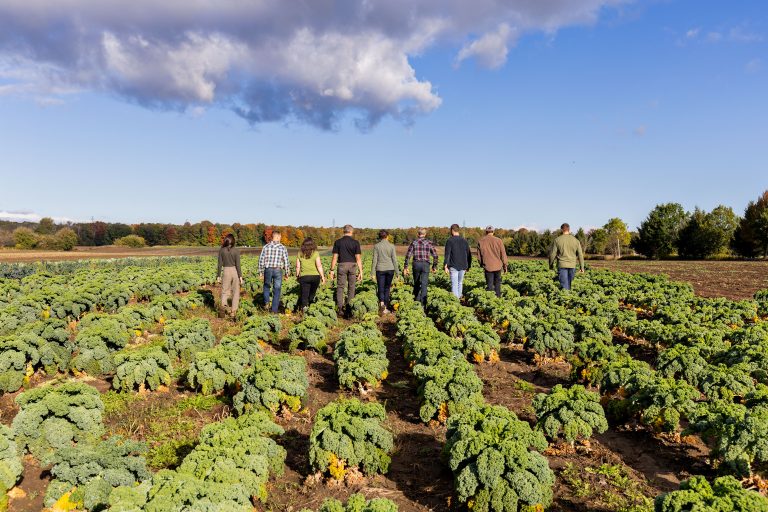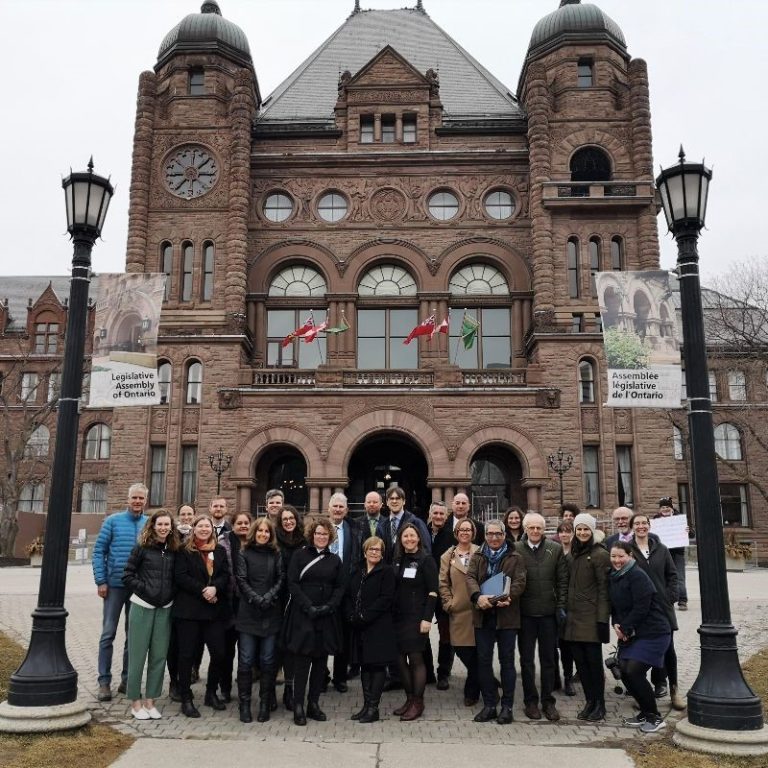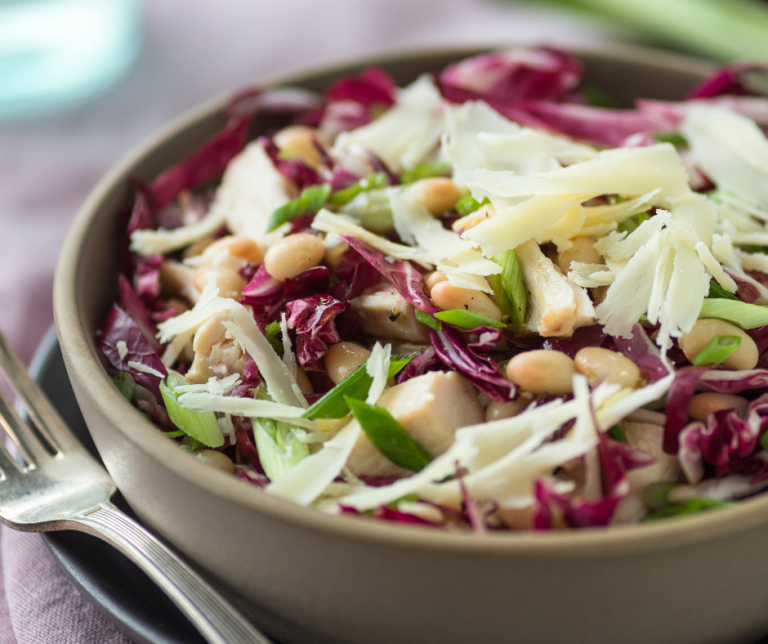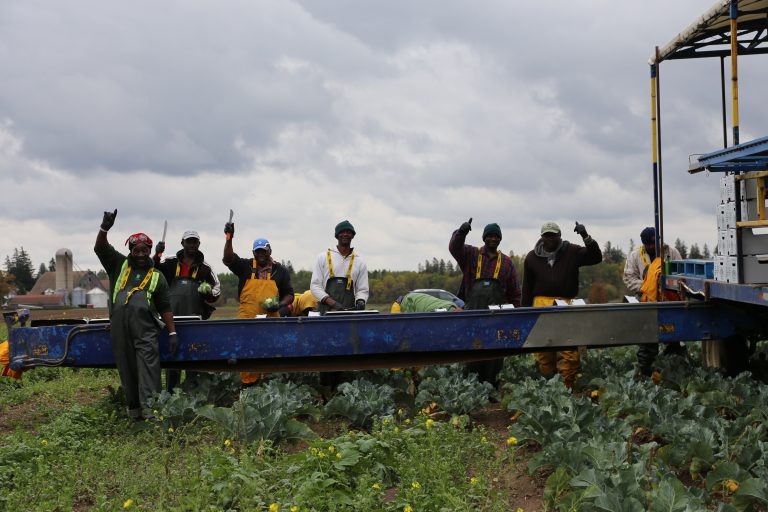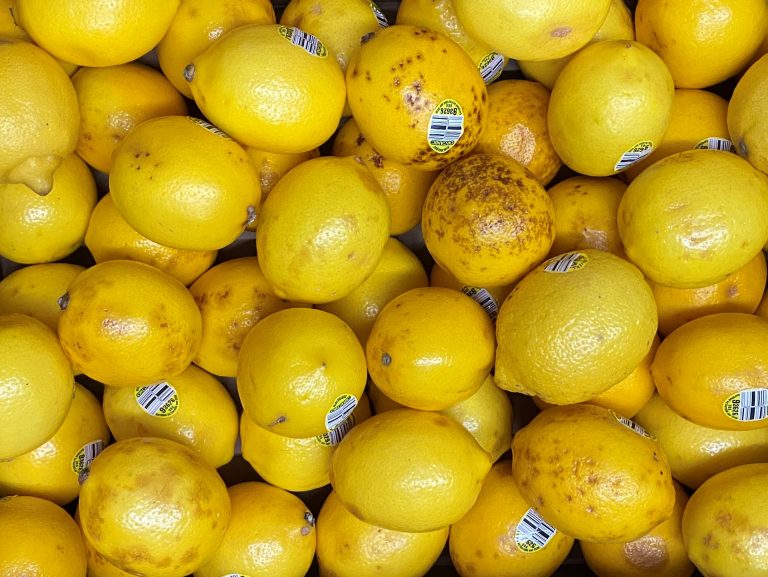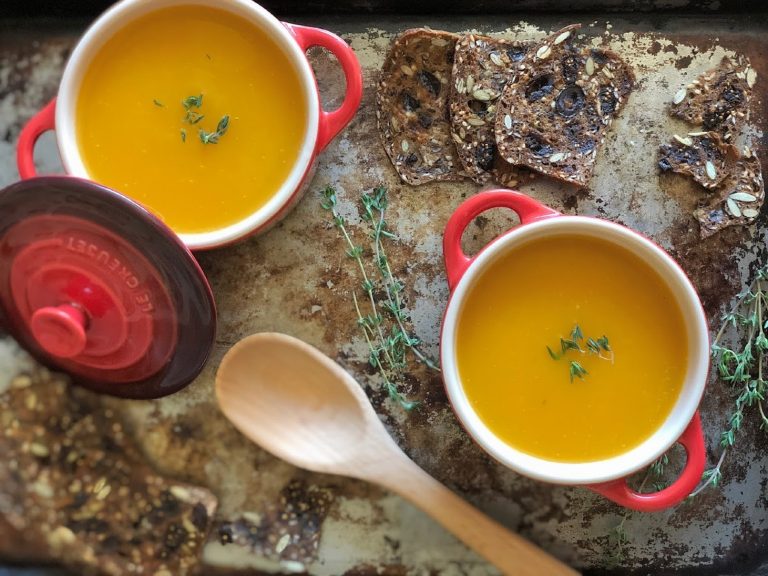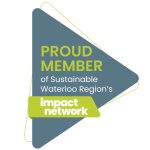Managing food waste is extremely important to us on the farm and today is “Food Waste” Day in Canadian Waste Reduction Week , a perfect opportunity to revisit this conversation!
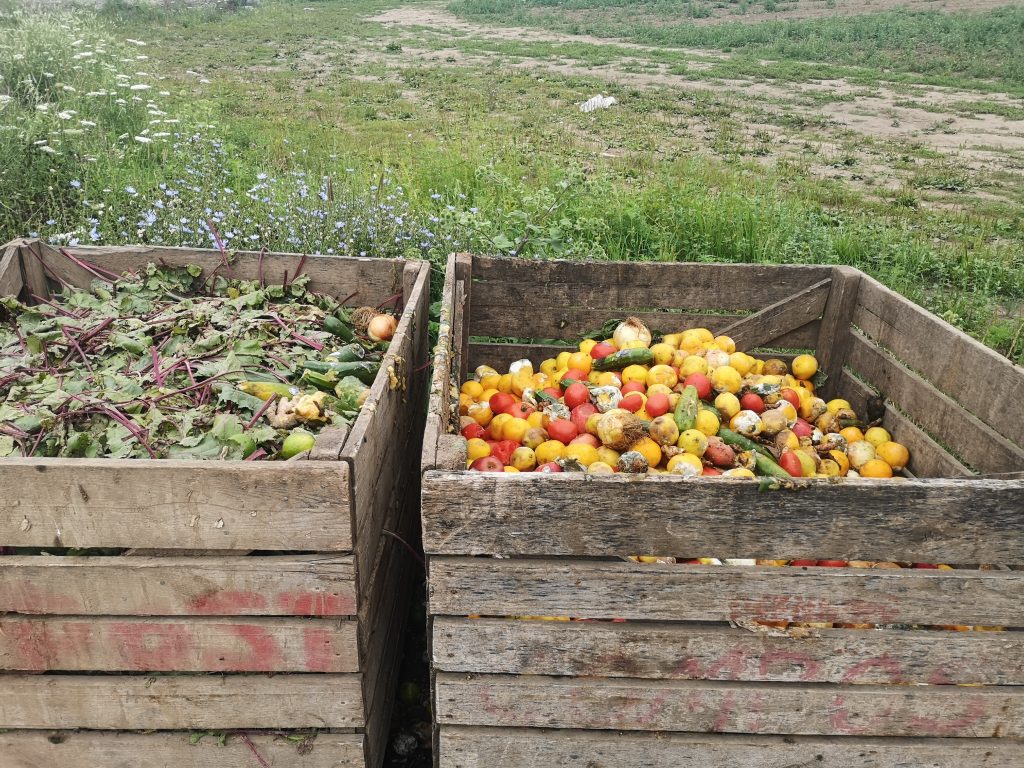
Food waste is a prevalent issue on all levels. From the farms, to the processors, to the restaurants and grocery stores that sell the final products to the people that eat it, we all have important roles to play.
There are many layers to food waste management, making it a little more complicated than you might think! Today we will go over food waste issues, solutions as well as barriers to those solutions in all parts of the production, supply and consumption chain.
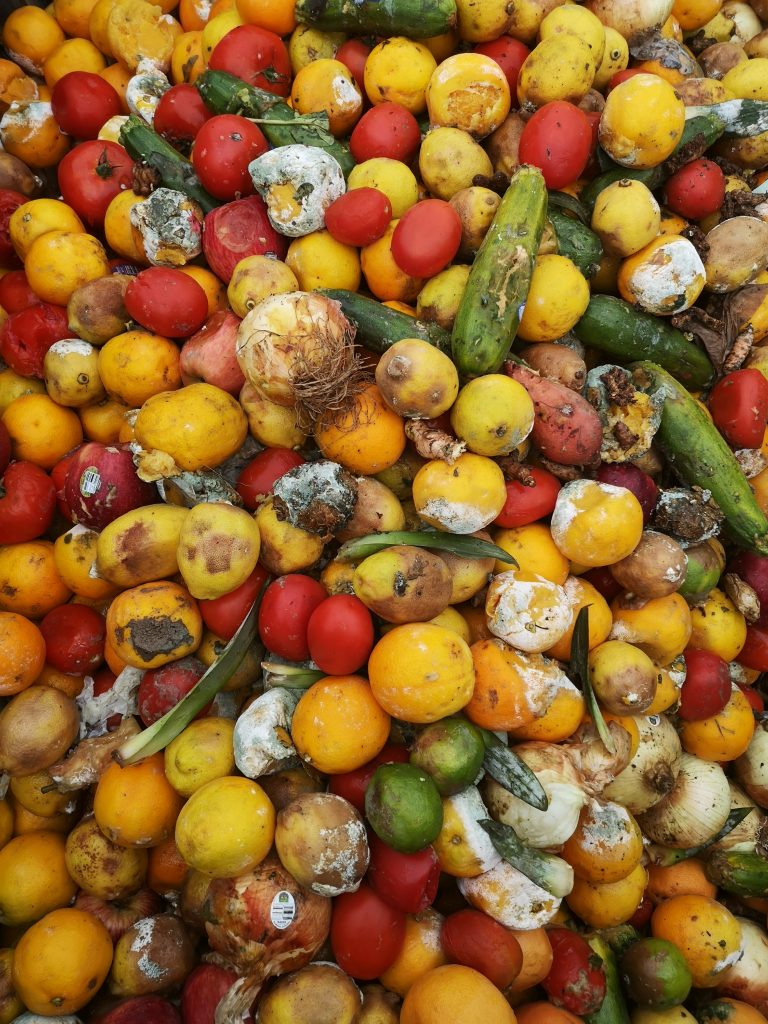
The Facts
- In Canada alone, it is estimated that 2.2 million tonnes (at a cost of $17 billion) of edible food is wasted every year. This comes to over $1000 per household!
- Hunger numbers in Canada are much higher than we may like to admit. According to a 2018 study, 1 in 8 Canadian households have food insecurity. This means “4.4 million people, including more than 1.2 million children [are] living in food-insecure households”
- 58% of food produced in Canada is wasted. 32% of food that goes to waste could actually be saved and given to communities in need. Though this is a significant amount that could go to people in need, this means that the vast majority of current food waste cannot be consumed. This is where waste reduction & management comes in!
- As much as 40% of landfill material is organic material, like food, that does not get dealt with properly (eg. composted, reused). The less landfill space that is filled the better!

Farming Food Waste & Solutions
It is estimated that 13% of crops are disposed of or go unharvested across Canada at the farm level. Food ‘wasted’ at this level most commonly ends up in “land application, composting, anaerobic digestion and animal feed”. Although it is in farmers’ best interest to sell as much and waste as little of their crops as possible, there is only so much that can be done. Farming and storing crops is extremely time sensitive and labour intensive, demand and seasons are sometimes difficult to predict, and customer expectations and needs are out of the control of growers. These factors all contribute to the complexity of food waste management on the farm, and it’s not easy to find solutions for these while still making sure the farm business is viable. Some of these factors are multiplied when farming organically as we do at Pfenning’s.
Quality control and processing is where much of the waste comes from on the farm level. This is relatively unavoidable as for many crops, outer layers and wilted portions need to be removed in processing. Even more, some produce is simply not up to market standards in terms of size, colour, shape etc. to send to our customers.
Another factor is that many crops are only harvested and sold for a small portion of the plant, even when the entire plant is edible. Broccoli and beets are examples of this, as broccoli is generally harvested only for its head and beets are mainly harvested for their bulbs. This is of course due to what we have gotten used to eating and what there is a demand for, but changing the way we eat and incorporating more parts of the plant into our diet is a big step to reducing food waste. Working with customers and consumers to introduce new ideas of produce quality and use is a great way for people to better understand how we can reduce waste on the farm level.
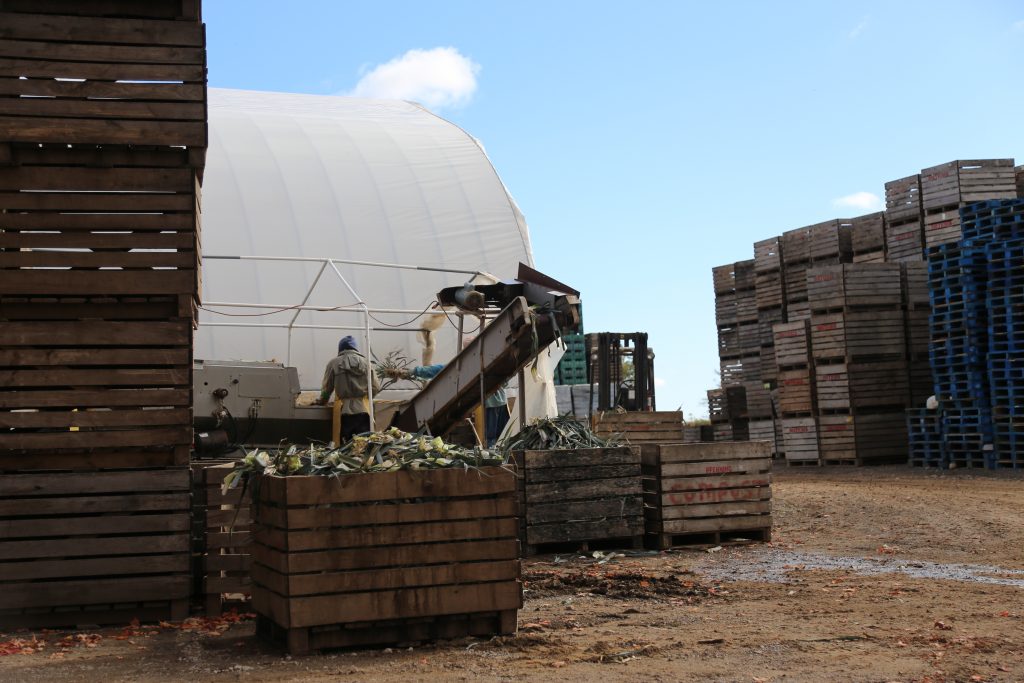
Some solutions that farms can work to implement are gleaning, finding homes for second-grade produce, communicating with customers, and of course composting.
Gleaning is the very old practice of inviting volunteers to gather leftover crops from the fields. Often how this works is that a third of the yield goes to the volunteers, a third goes to an organization in need and a third stays with the farm. This is a helpful way to clear out fields without extra labour costs and to get food that would otherwise go uneaten to people who can make use of it in the community.
After harvest, proper crop management practices go a HUGE way to minimizing unnecessary waste due to spoilage. We detail this below.
And of course we can’t forget compost. Compost is not only a way to keep our imperfect veggies out of the garbage but also serves a very important function on farms, especially organic ones like ours. Since we don’t use chemical fertilizers, compost offers a great combined solution to food waste AND helps with growing more food which creates a closed loop cyclical system.
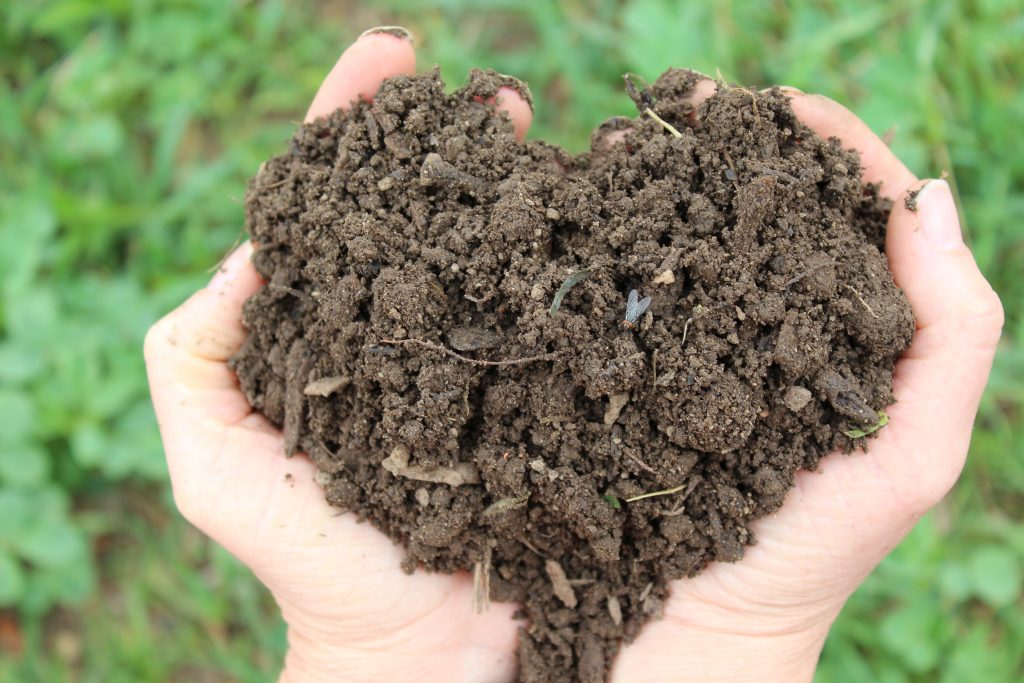
Business Food Waste & Solutions
In food based businesses, such as restaurants and grocery stores, resource management is also very complex. As an intermediary between suppliers and consumers, businesses have to contend with food waste issues on both sides as described above. Having to balance these sometimes competing interests and relationships while running a business profitably can be difficult!
A simple but effective way restaurants can reduce waste is to create a more efficient menu by incorporating some crossover in terms of ingredients in different meals they offer. Also finding ways to get creative and incorporating as many parts of the food as they can (like zucchini tops) is a great way to cut down on waste. At some restaurants this is seen as a trendy way to get back to the old tradition of using every part of an animal or vegetable and has been dubbed “garbage-to-plate dining.”
Something both restaurants and grocery stores can do is look into their local recycling and compost systems, and make sure they are disposing of their food waste properly. Building proper waste management into staff’s daily routine with training and clear expectations is best! Some businesses have creatively offered their waste to the public to offset it being simply put into compost. This may sound strange but there are so many unconventional ways that organic waste can be used. For example, businesses like Monigram Coffee Roasters in Cambridge, ON offer their coffee grounds to people to use for growing their plants or however they like.
Incorporating sustainable efforts into your business can be a total win-win! A study found that a 1% decrease in food waste can cause a 4% increase in profits, due to less wasted resources. Also! Businesses should make sure to properly communicate sustainability efforts to their customers, as the upcoming generation is valuing these practices and values when choosing businesses to support more and more. This can also help to communicate with customers why certain prices may be higher to accommodate for these improvements.
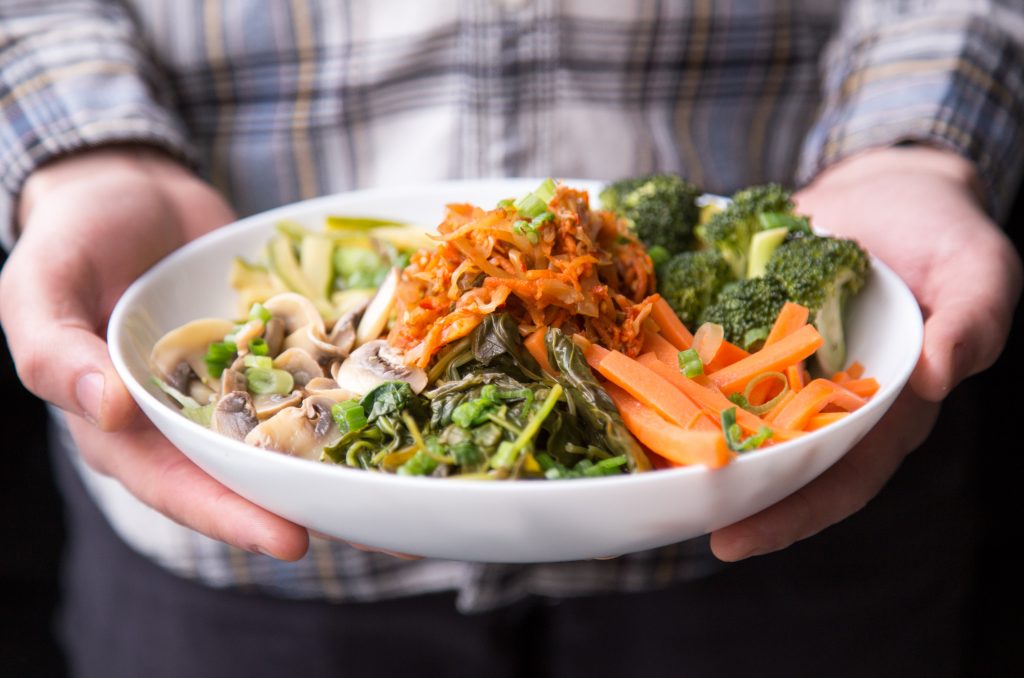
What we do at Pfenning’s
Although we have already touched on this topic before, we think it is important to summarize and build upon our previous blog post about how we try to reduce our food waste here on the Pfenning farm.
One of the things that we do to reduce food waste is selling off-spec food for livestock feed. We are fortunate to work with a variety of customers, some of which we work with to find homes for second grade products for juicing or processing. Some restaurants we work with will also take second grade products that they will chop, spiralize, or cook – and the end product ends up looking (and tasting) just as great! Some breweries we work with make use of off-spec items as well. Whenever possible, we donate imperfect-looking (but still great quality) food to our local food bank, and to specific charities, organizations and events.
Properly preparing our produce before storing it is a very important practice that helps us to optimize our crop storage and quality and ultimately to reduce spoilage. We remove the heat from our leafy green crops after harvest (in the summer) to prevent premature decomposition, and clean excess dirt off of them before putting them into boxes and bags. For items such as carrots and beets that go into long term storage for the winter months, we store them in the soil they grew in to keep them fresh. This is washed off as we pack them out. We also store our produce in different rooms and adjust the temperatures and humidity levels as needed so that our produce will be as fresh as possible when packed and shipped.
It’s common when harvesting to leave some trimmings behind in the field to begin the first stages of compost! When the remnants decompose, there are benefits for the soil and plants to come. We also compost all of our non-usable (eg. rotten, broken) produce that gets sorted out of our sellable produce and use it as natural fertilizer!
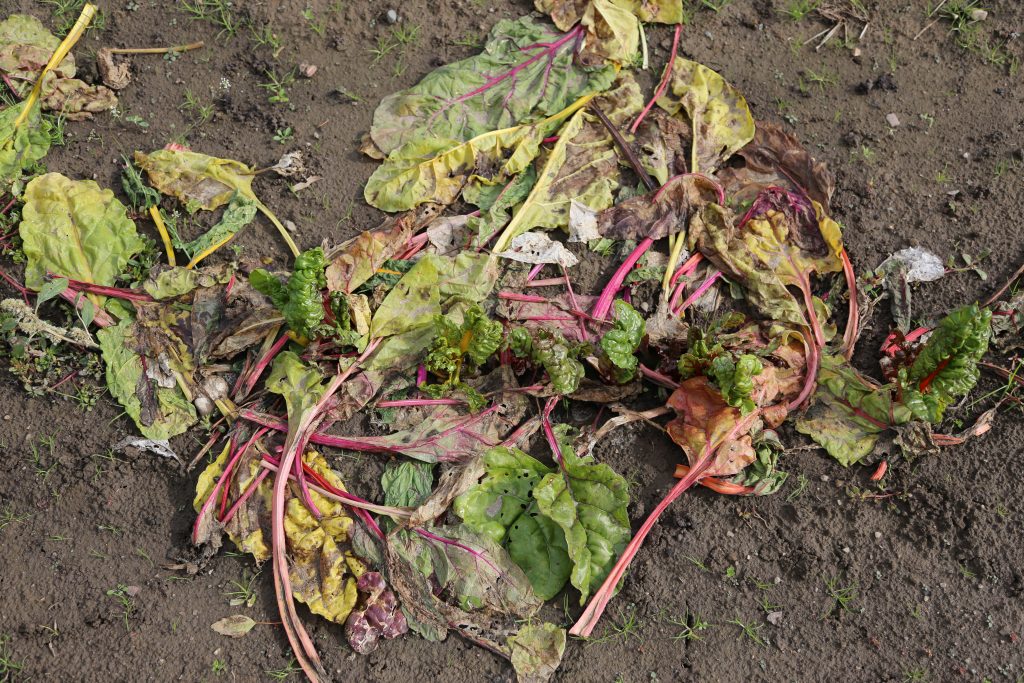
Barriers to Solutions
As we’ve discussed, there are many solutions to mitigating and managing food waste, but there are also many barriers to implementing these changes. This is not to say that it is impossible to make changes, but it is important to outline the things that get in the way to better understand what we can do.
Our CEO, Wolfgang Pfenning, offered his thoughts on some of the challenges that get in the way of implementing waste reduction practices as much as we would ideally like to. Since Wolfgang is in charge of operations, he brings the logistics and business perspective of putting these solutions into action.
For instance, the age-old practice of inviting gleaners to help us remove leftover crops is still a great effort, but it can take a lot of time and effort to coordinate the labour to only end up giving away a small amount of produce. Sometimes the field needs to be emptied quickly, so this harvesting process can’t always be concluded in time and thus the crop still gets wasted. The cost to the farm of organizing and facilitating gleaning can be a barrier for many farms to get this program running, even if it does fit into their ethos.
Also, from the profit perspective, selling produce is an economy of scale. Since it only costs a little bit more to produce a lot more, this makes unit costs go down. With large numbers of produce being grown, this can lead to more inevitable waste, but still lower costs. It is difficult to balance these competing interests.
Although we compost on the Pfenning farm, many farms find it difficult to use compost properly on a commercial scale. One of the advantages of compost is the slow release of nutrients, but this also makes it more difficult to use than traditional fertilizer because it can be difficult to know exactly how much to use.
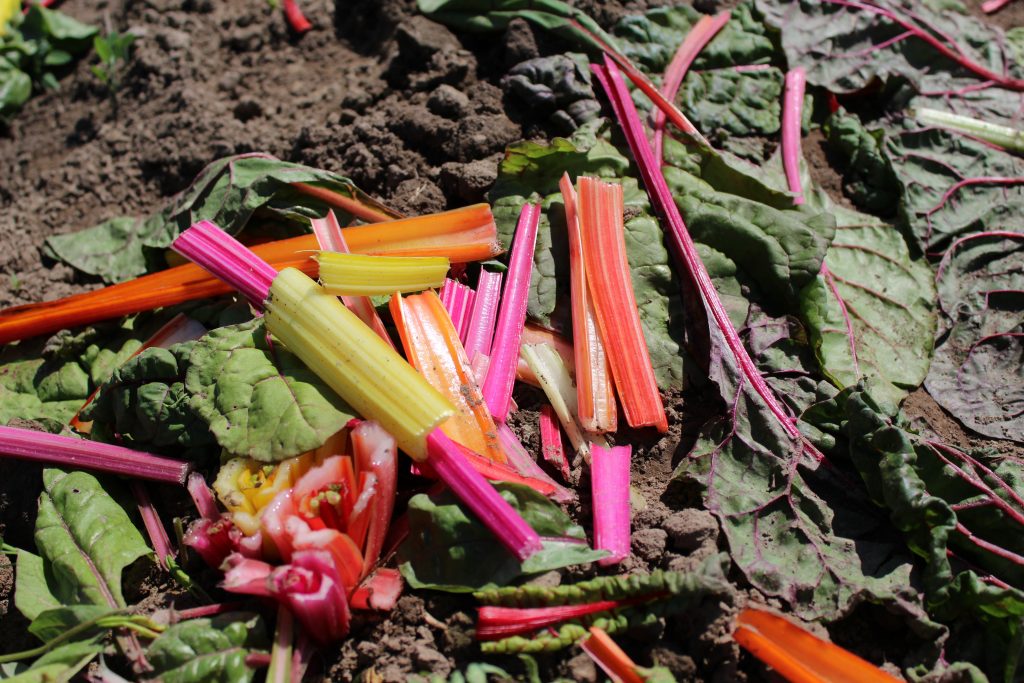
Consumer Food Waste
Some have argued that consumers actually play a smaller role in food waste. That being said, every individual is a consumer and we all play a role. If we can all make changes to our buying, cooking, and eating habits then our collective effort will make a big impact. Better managing food waste is not only good for the environment, but also good for our wallets!
More than 50% of household food waste is avoidable, and can be fixed with changes in daily habits.
Changes You Can Make Today
When it comes to food waste we should apply a similar principle to “Reduce, Reuse, Recycle”. Reduction of food waste should be the first priority; by not producing or buying food in excess and also by planning meals intentionally. Where reduction is not possible, reuse of food that was not eaten in a previous meal can be incorporated into future meals. In this analogy “Recycle” would be composting. Compost provides nutrients to the soil, and the next generation of plants. Healthy soil, healthy plants, healthy people.
Take the Food Waste Pledge today and change some of your habits. Simple actions like buying the less pretty, but just as nutritious, fruits and veggies when shopping will ensure that they don’t end up sitting on a shelf until they go to waste. Consumers actually play a big role in what kind of produce grocery stores are willing to accept and what gets sorted out after a harvest. The actions and mindsets of shoppers determine the market value, and the majority only value perfect (or near-perfect) looking produce.
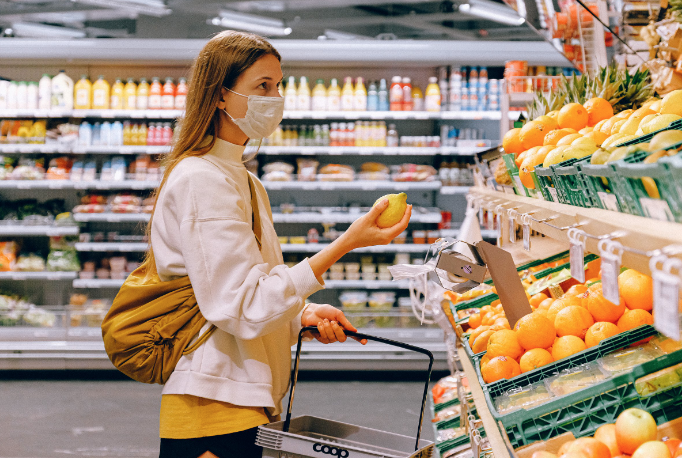
Another thing eaters can do to reduce food waste is to plan out meals before grocery shopping. This doesn’t need to be very strict, but being realistic about what food will be eaten between shopping trips can help prevent overbuying and then throwing out wasted food later on.
If you have leftovers after a meal, think creatively about how you can incorporate them into another meal! As far as deciding what items to toss, remember that best before dates aren’t the same thing as expiration dates. Of course you should always use your best judgement on this. Composting can be another excellent way to both track how much food you are tossing and to make sure the thrown out food doesn’t go to landfill.
One small silver lining of the times we are in, at least in regards to food waste, is that Canadian families have changed their food management practices for the better during the pandemic of 2020. Let’s keep this up!
Managing food waste is an ongoing and ever-changing issue that has to be consistently dealt with at every level of the food system. It can seem daunting, but we can all start somewhere!


